A Beginners Guide to Fabric Types
In the textile industry, cloth is the collective term for fabrics and materials used in the production of clothing. Raw fibres go through a process of being twisted together to create threads. These threads are then woven or knit to create a workable material which can then be cut, stitched and turned in to garments.
Fibres can be either synthetic or natural, with the most common natural fibre being cotton and the most popular synthetic fibres being polyester. Each type of fibre is unique and bares different properties; some are sturdy and thick while others are smooth and flexible. Fibres are often combined together into blends giving a combination of desirable qualities.
The application of the clothing determines what type of fibre is used. For example a football shirt would be better suited being made from a synthetic fibre with moisture wicking qualities, than from a material like wool which retains heat.
What Is Fabric GSM?
GSM (also known as GM/2) is an abbreviation of “Grams per Square Metre” and is the metric in which fabric is weighed. GSM is related to thickness, and generally speaking the heavier the weight, the thicker the fabric will be. With that being said however, due to varying weights of different fibres, the GSM cannot accurately determine the thickness in mm of a fabric.
No item has a “standard” GSM, however because GSM is a unit of weight, it can determine the application of a fabric.
Because heavier weight fabrics use more raw fibre and have a longer weaving time, they do cost more than lower weight equivalents. It’s also worth noting that GSM can also be measured in Imperial units – ounces (oz) in particular. You can easily convert between gsm and oz however; for example, a 6oz fabric is equivalent to 203gsm.
Traditionally some fabrics, denim for example, are weighed in ounces, but GSM is the modern standard for fabric weight measurement.
As a real world scenario, t-shirts are commonly made from fabrics weighing between 160 and 220gsm, with a 160gsm fabric being the thinner and more lightweight version than the 220gsm option. Some fashion trends require a heavier weight, whilst practical applications like gym and fitness wear would see a lighter weight fabric being more desirable.
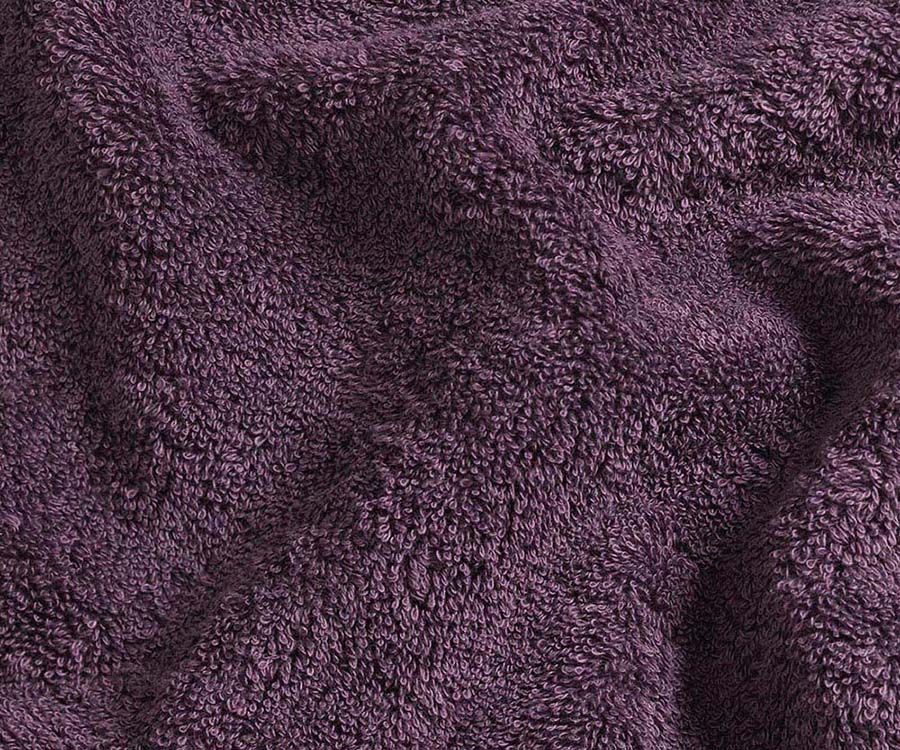
Terry Cloth
Terry cloth or towelling terry is characteristically similar to its fashion counterpart French terry. The main difference however is that towelling terry is, as the name would suggest, used for applications where water absorption is desirable, such as in towels. Being a fabric which is designed to absorb as much water as possible, it is commonly 100% cotton, however can be blended with polyester.
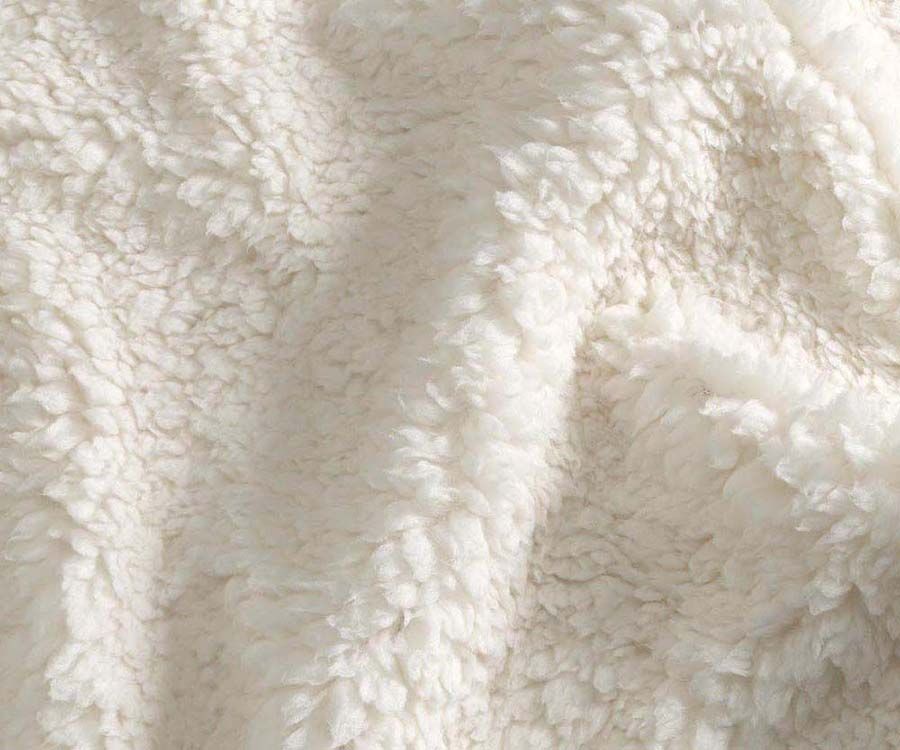
Sherpa
Sherpa is a fabric made from cotton, polyester or acrylic and is sometimes called ‘mock shearling’. Sherpa is named after its resemblance to the wool-lined clothing worn by the Sherpa people of Nepal and it mimics the fluffy texture of sheep’s wool (shearling). The dense pile of the material insulates against the cold and is used mostly in fashion applications as a garment trim or a lining.
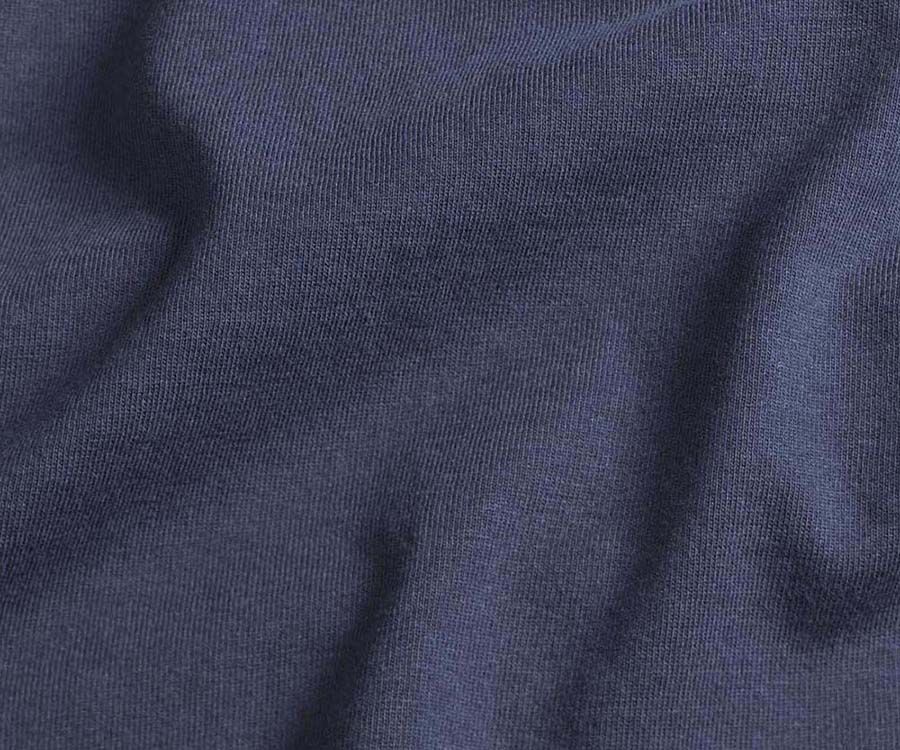
Jersey
Jersey is knitted fabric with a smooth surface on both the front and back. Named after the island of Jersey, where the fabric was first produced from wool. Jersey is no most commonly woven from cotton, but it can also be found made from a vast array of synthetic fibres. Favoured for its flexibility and hand-feel, Jersey is most commonly used in the production of t-shirts.
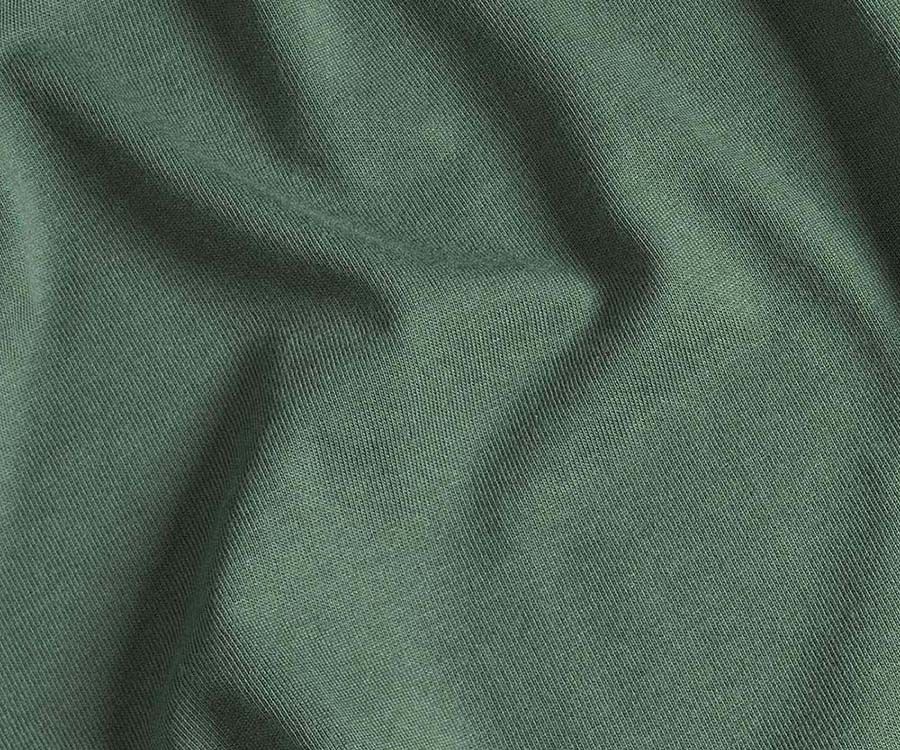
Pima Cotton
Pima cotton is a form of extra-long staple cotton. Around 3% of the cotton grown is Pima cotton, making it rare and more expensive than standard cotton. The Pima strain is widely revered to be the finest of all cottons. Pima cotton got its name from the Pima tribe of American Indians who pioneered the cultivation of this superior strain of cotton in the south-west USA.
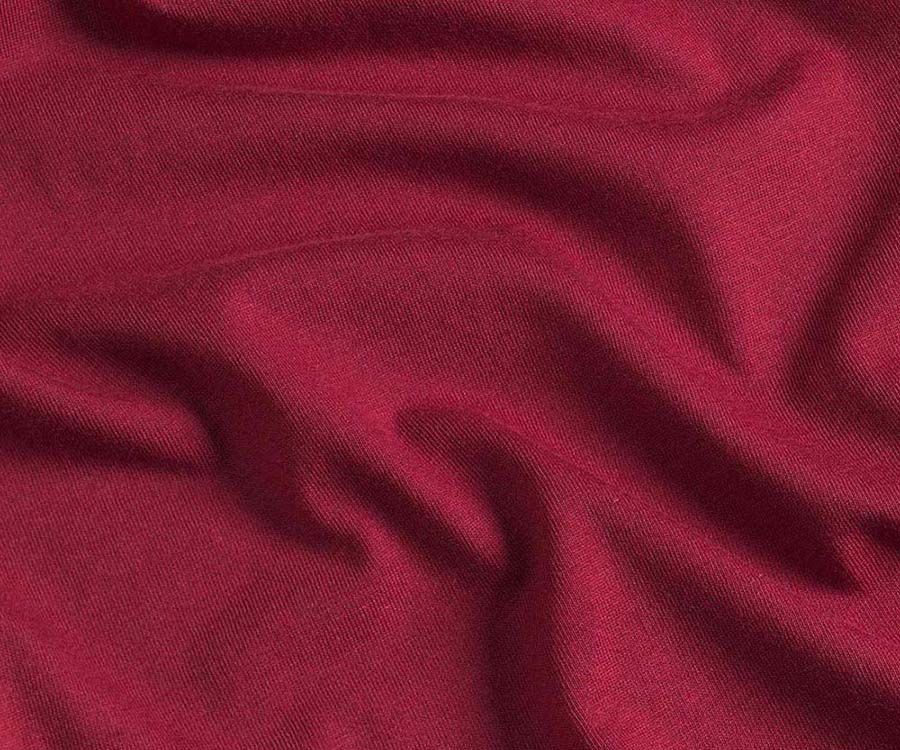
Supima Cotton
Supima is a brand name, trademarked by the Supima Association. Supima requires that its cotton be exclusively grown in the USA. The Supima label is intended to give consumers the confidence that they’re purchasing an authentic and premium quality product. Supima boast extra long fibres for maximum softness, increased strength for long lasting durability and strict regulations to ensure authenticity.
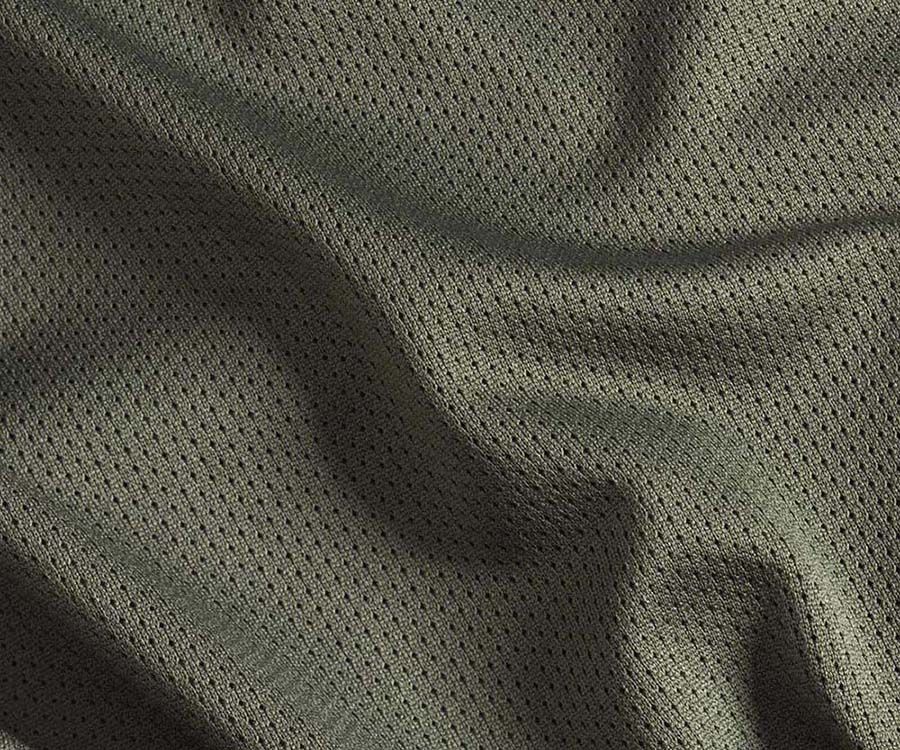
Polyester
Polyester is a generalised term for any fabric or textile which is made using synthetic polymer yarns, or one which is comprised of a number of different chemicals. Polyester gained popularity 1970’s, advertised as a “miracle fabric” due to its low cost and high durability. Although Polyester is versatile, it is not sustainable and is actually created from fossil fuels with the main ingredient being ethylene, a derivative of petroleum.
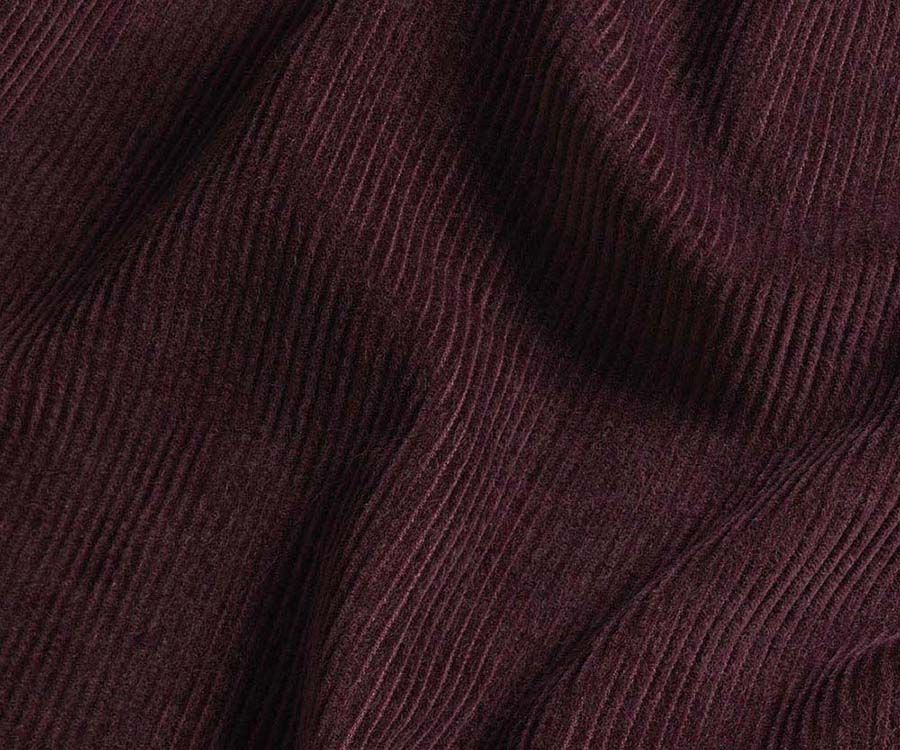
Corduroy
Corduroy has a distinctive pattern which is made up of twisted fibres that lie in parallel cords, or “wales”. Corduroy first became popular in France in the 1700s, where it was woven from silk and used to make clothing for royal servants. By the late 1800’s Corduroy was woven from cotton and mass produced throughout Europe, where it gained popularity among the working classes.
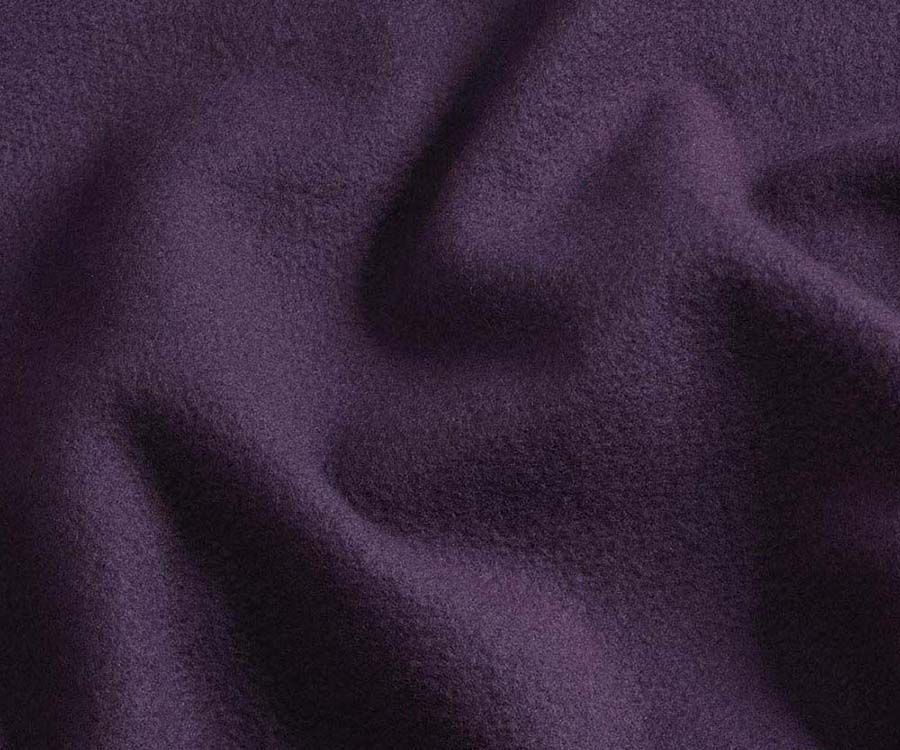
Cotton Fleece
Cotton Fleece fabric is a knitted fabric which has one smooth side and a reverse side which is brushed to loosen fibres, giving a napped finish. This creates a soft, plush feel on the inside of the fabric. Favoured for its insulation properties, cotton fleece is most commonly used in the production of casual wear such as hoodies, sweatshirts and tracksuits.

Wool
Wool is one the oldest fibres known to man and was one of the first fibres to be spun into yarn and woven into fabric. Most wool comes from sheep and goats, but wool is also taken from camel, llama, and some breeds of rabbit. Due to a complex natural crimp, wool is extremely wrinkle resistant and returns to shape even after being stretched up to 20%.
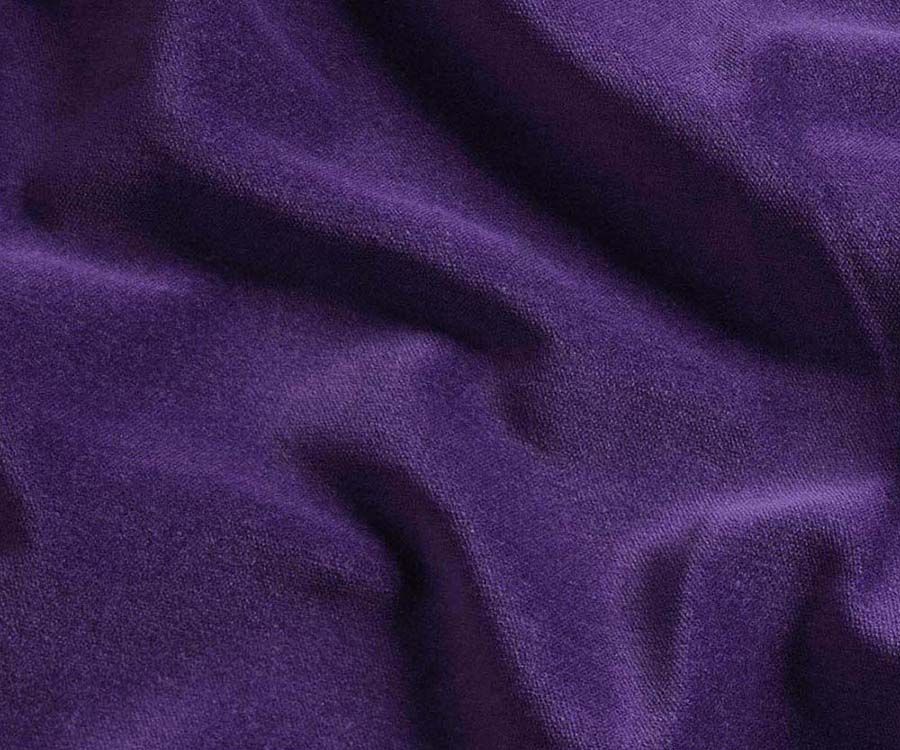
Velvet
Velvet is a luxurious soft pile fabric that has been woven since the Middle Ages. The term ‘velvet’ actually refers to the weave and not the content of the material, so velvet can in fact be made from any fibre. Although traditionally made from silk and reserved for royalty, with modern manufacturing techniques it has become more affordable and is now commonly woven from cotton.
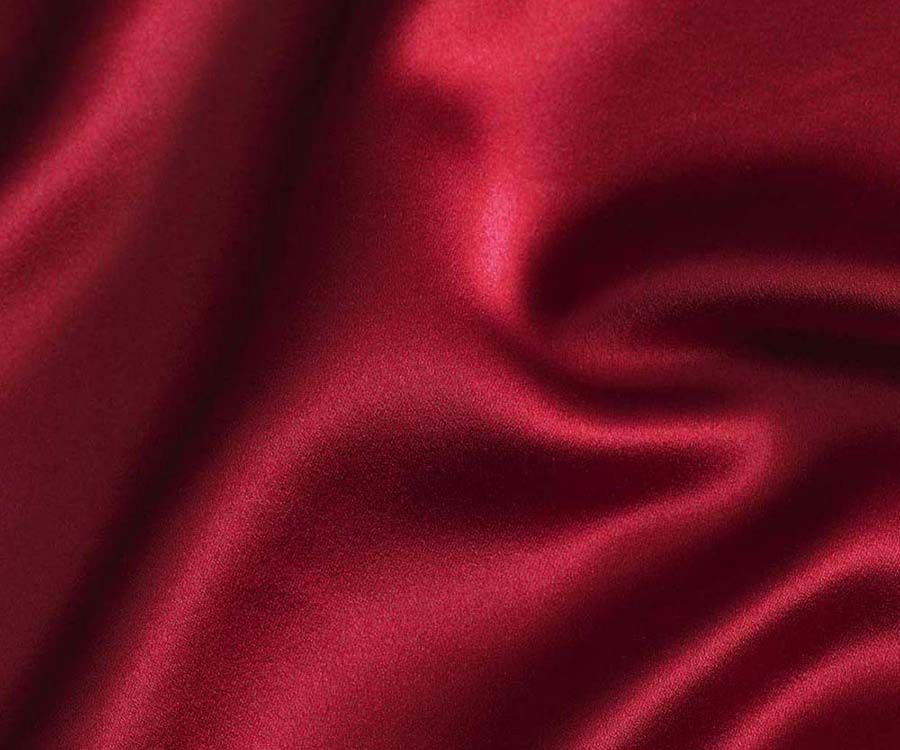
Satin
Satin is a smooth lustrous fabric, produced utilising the satin weave in which the threads of the warp are looped by the weft only at certain intervals. Satin typically has a glossy surface and a dull back. Originally satin was made of silk and was very expensive; used only by the upper classes and royalty. Nowadays cost effective synthetic versions are available in rayon and polyester.
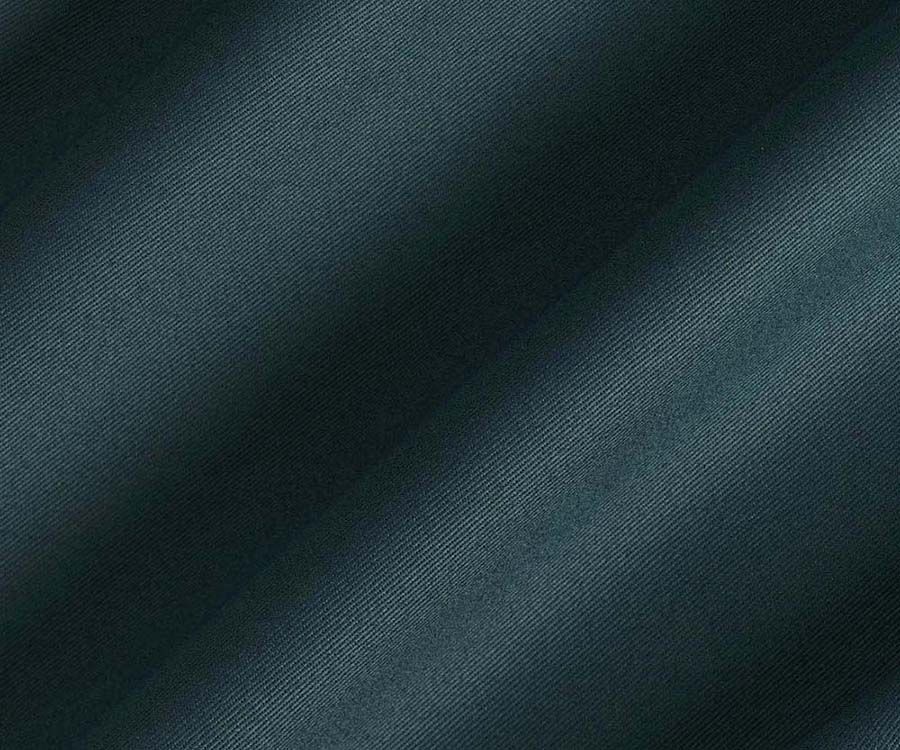
Twill
The term ‘twill’ refers to the weave, and not the composition, meaning twill can be made from any fibre. Twill features a distinctive pattern of diagonal parallel ribs. The front side of the twill is called the technical face. The technical face side of a twill fabric is usually more durable and attractive, meaning this is usually the visible side when the fabric is turned into a garment.

Slubbed Fabric
Slubbed fabric is a material which has been woven to include slight knots or thicker sections within the yarn. These slubs can then be seen as raised threads on the fabric surface, giving a distinctive look. Traditionally, slub fabrics were seen as defective however as fashion has changed they are now woven intentionally to give a garment more character. Slub fabric can be produced from any composition.

Spandex
Spandex due to its exceptional stretch quality, gained its name as an anagram of the word “expands”. Spandex is also known as Lycra and Elastane and is made of a polymer called polyurethane. Spandex fabrics are best suited for garments where comfort is key, such as fitness clothing. Spandex can also be introduced to other fibres, such as cotton to add an element of stretch.
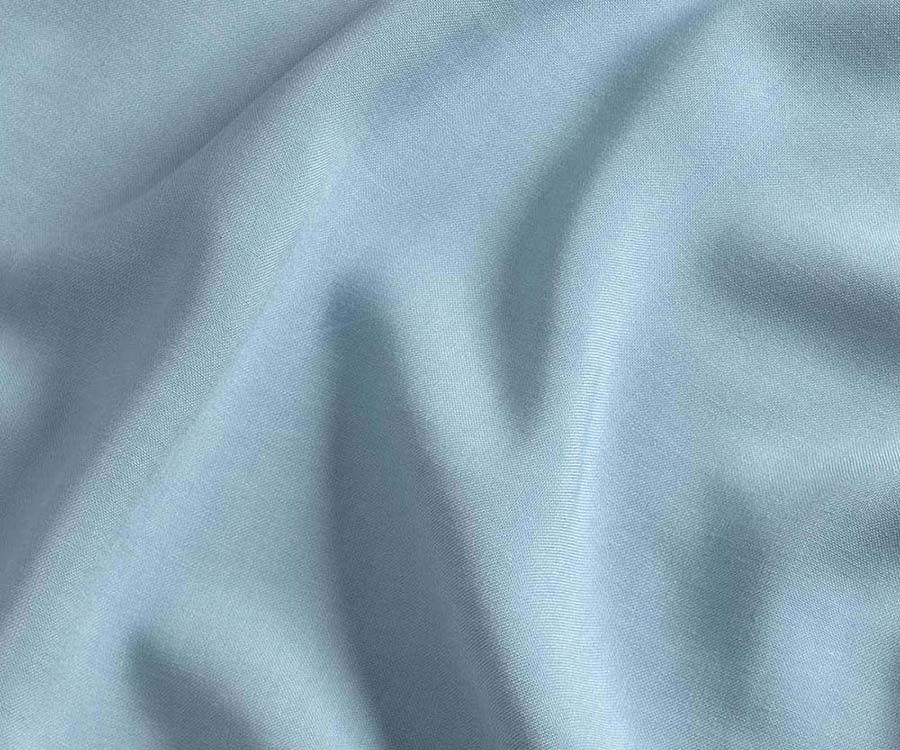
Viscose/Rayon
Viscose (also known as Rayon in the USA) is a man-made fiber created from cellulose which has been chemically extracted from trees. Viscose was created as an artificial silk, much in the same way as Nylon was. It sits in between natural and synthetic fibres because it isn’t a truly natural fabric which is grown, nor is is completely synthetic since it’s comprised of tree cellulose.
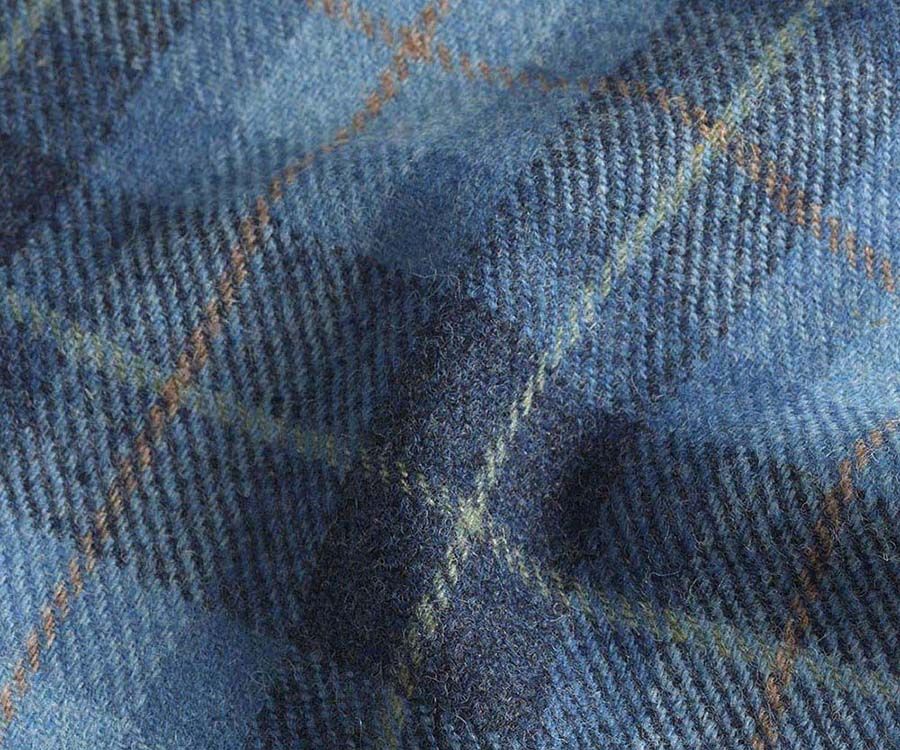
Tweed
According to Harris Tweed, “Tweed is a natural fibre textile, woven with a soft, open weave and made from wool. The word Tweed derives from the Scots word Tweel or twill, a type of weave common to the cloth.” Tweed was originally woven in the 1700s to help Scottish farmers endure harsh winters and didn’t feature the colourful and intricate designs it’s now known for.

Silk
Silk is considered one of the most luxurious materials on the planet, first discovered in China by the wife of Emperor Xi Ling-Shi in 6000BC when she noticed that threads were attached to the worms eating the leaves of damaged mulberry trees. China has long since maintained a position as the world’s number one manufacturer of Silk, and was key in the formation of the Silk Road.
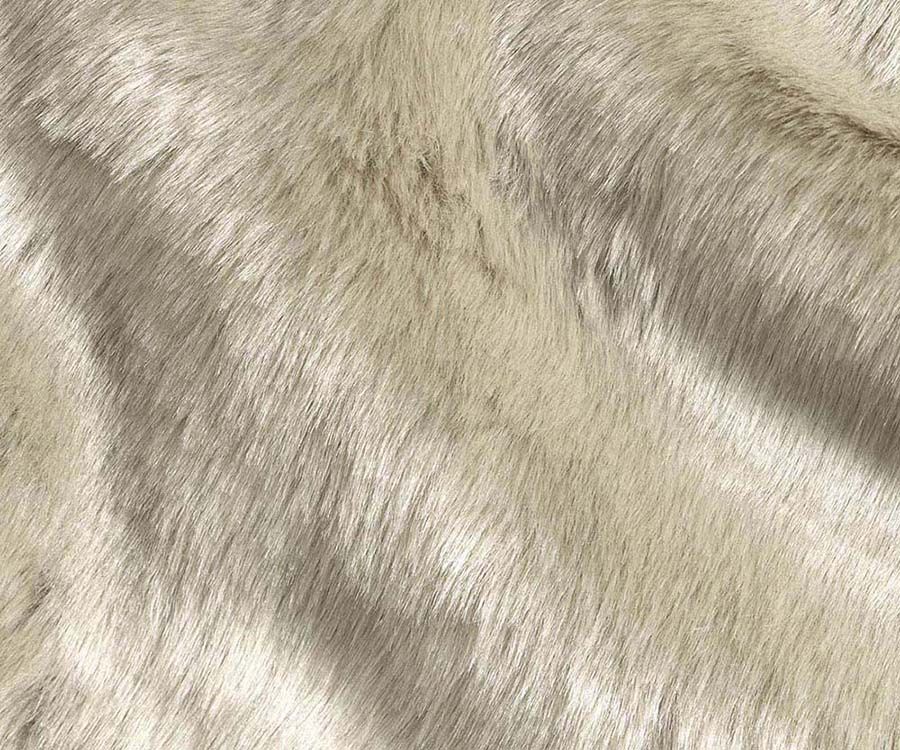
Faux Fur
Faux fur, also called fake fur, is woven to give the appearance and warmth of animal fur. It was first introduced to the market in 1929, when early attempts at imitation fur were made using hair taken from alpaca. Nowadays, faux fur is typically used in fashion applications and made from polymeric fibers that are processed, dyed, and cut to match a specific fur texture and color.
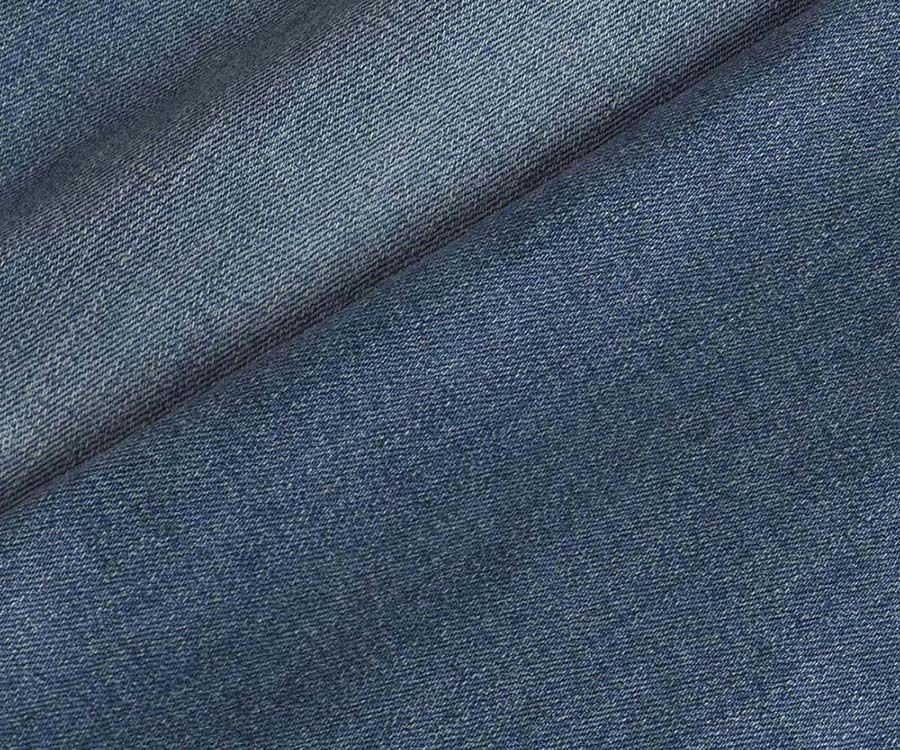
Denim
Denim is a durable twill fabric which gained popularity as a material used for workwear applications. Denim is typically blue in colour, with the warp threads being dyed using indigo and the weft threads being left white, achieving a unique blue colour on one side. Most commonly made of 100% cotton, it can also be mixed with elastane to give stretch to what is otherwise a rigid fabric.
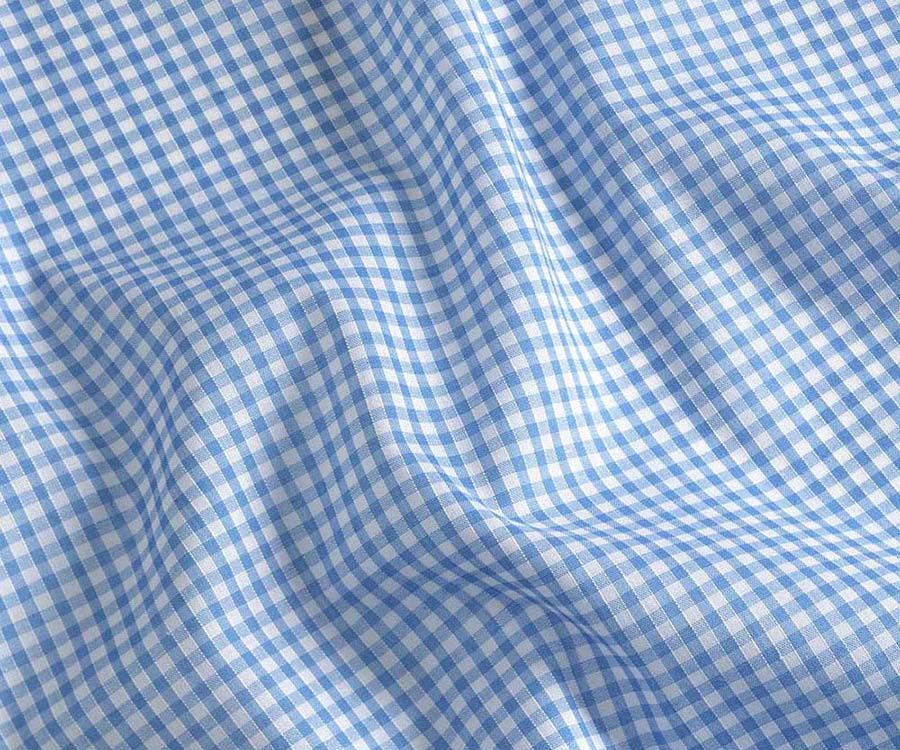
Gingham
Gingham is a plain woven fabric, traditionally using cotton yarn. Gingham comes from the Malayan word genggang, or “striped”. It was exported to Europe in the 17th Century and later to the USA before local manufacture was set up in the 18th Century. Originally Gingham had a regular coloured stripe but later appeared as the familiar check or plaid pattern which we commonly see today.
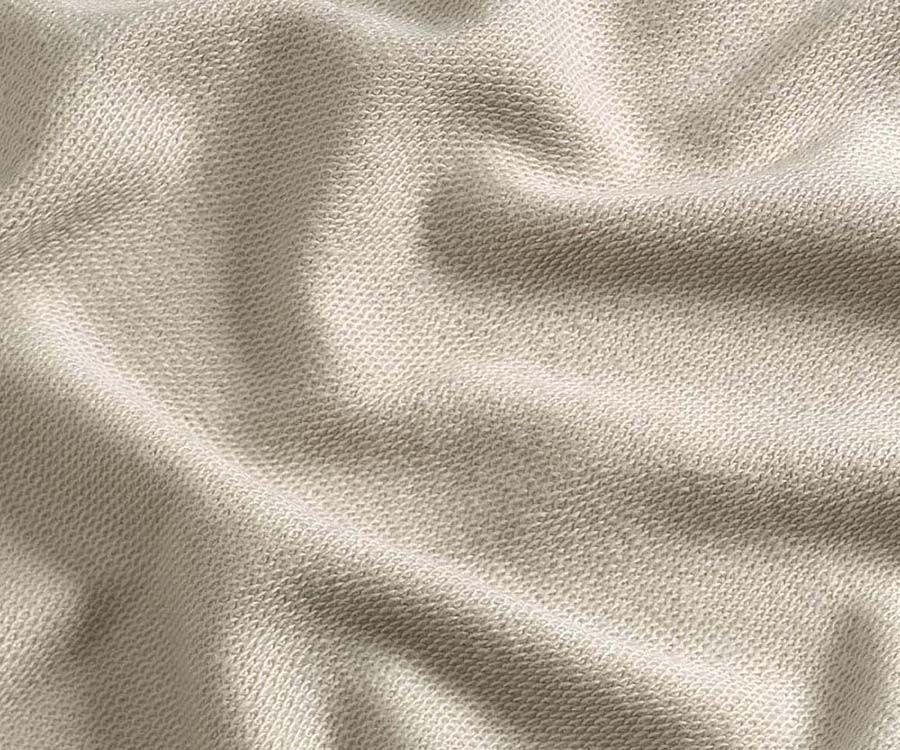
French Terry
French terry is woven to feature loops on the inside of the fabric, giving an extremely soft and plush feel. French Terry is often used in it’s 100% cotton form as an alternative to cotton fleece for premium brands looking to produce luxury tracksuits, sweatshirts and hoodies. French Terry can also be combined with elastane to create a premium stretch fabric favoured by activewear brands.
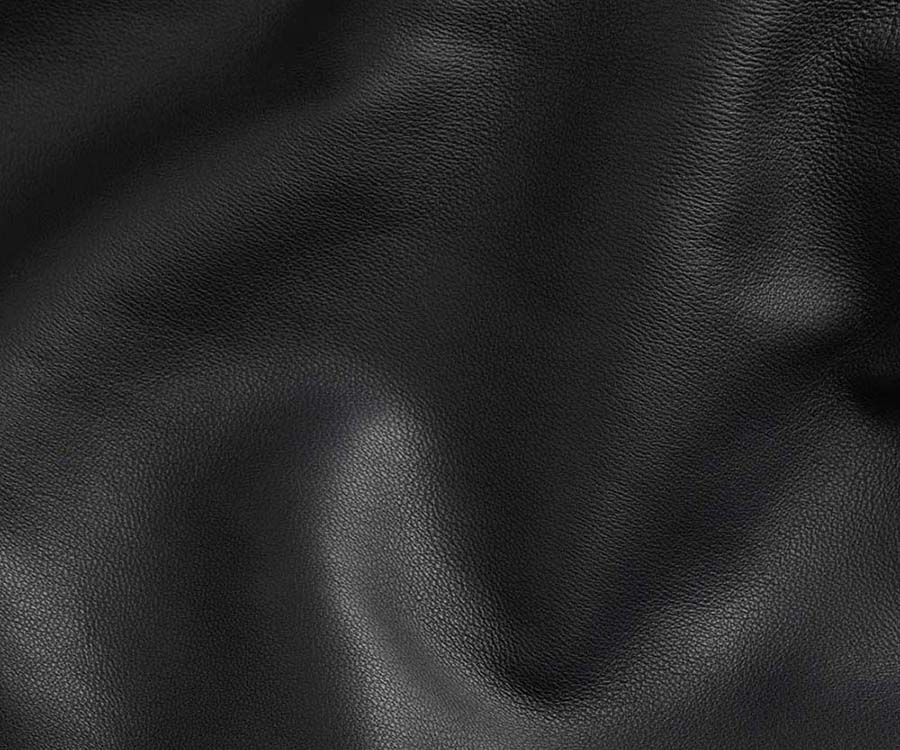
Leather
Whilst not a woven textile, Leather is considered by many to be the very first fabric. Leather is a durable and flexible material created by tanning animal rawhides. Animal hides were first recognised in prehistoric times when early man began to use forms of leather for clothing and shelter against harsh conditions. Nowadays, leather is used in practical applications like motorcycle clothing, along with fashion pieces like jackets.
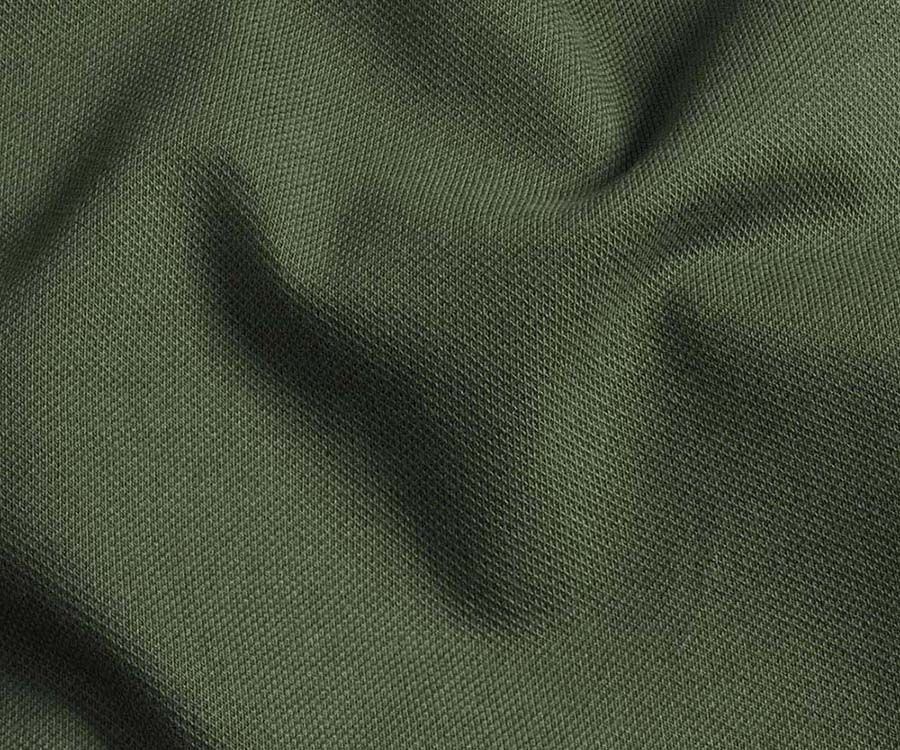
Pique
Pique refers to a weaving style which is characterised by raised parallel cords or fine ribbing. It creates a fine textured surface and is favoured for it’s style and durability. Pique is most commonly used for polo shirts, and has fantastic breathability qualities. Because of the weave style, it also hides perspiration well. Pique is commonly made from 100% cotton or blends of elastane for stretch.
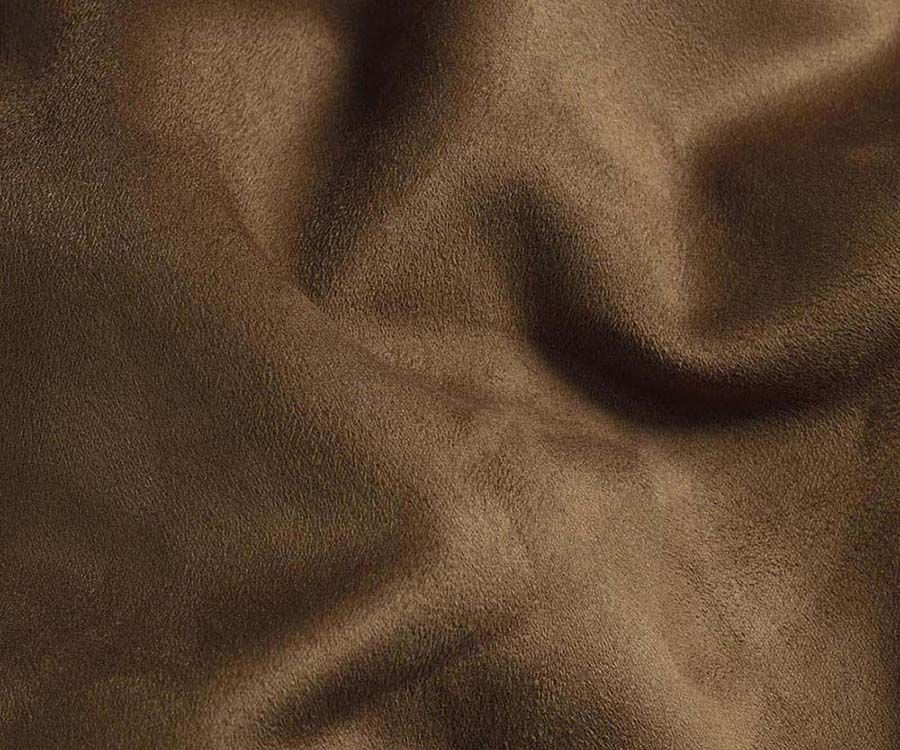
Suede
Suede is the inner surface of animal hides, visible on the underside of leather which gives a velvety hand-feel. The term suede comes from a 1859 French advertising campaign detailed ‘gants de Suède’, which translates to ‘gloves of Sweden’. Eventually the phrase began to refer to any type of leather with a velvety napped surface.
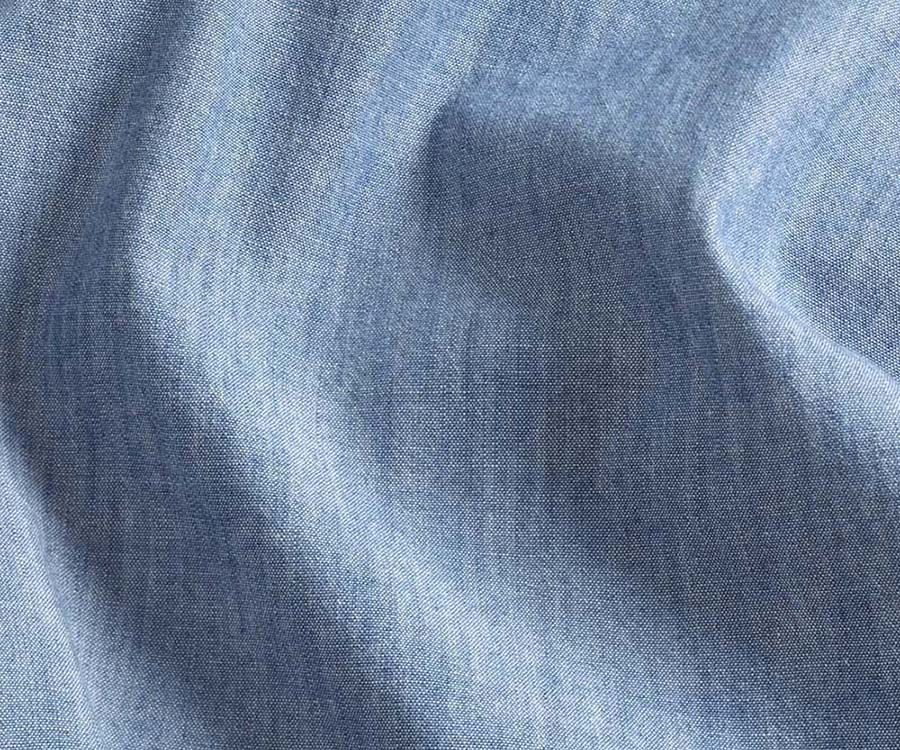
Chambray
Frequently mistaken for Denim, Chambray is a plain weave fabric woven with a colored yarn in the warp and a white yarn in the weft, in a similar way to how denim has indigo warp and white weft threads. The difference is that denim is woven in a twill construction. Chambray was first woven in the mid 1500’s in northern France and is often used for shirting and handkerchiefs.
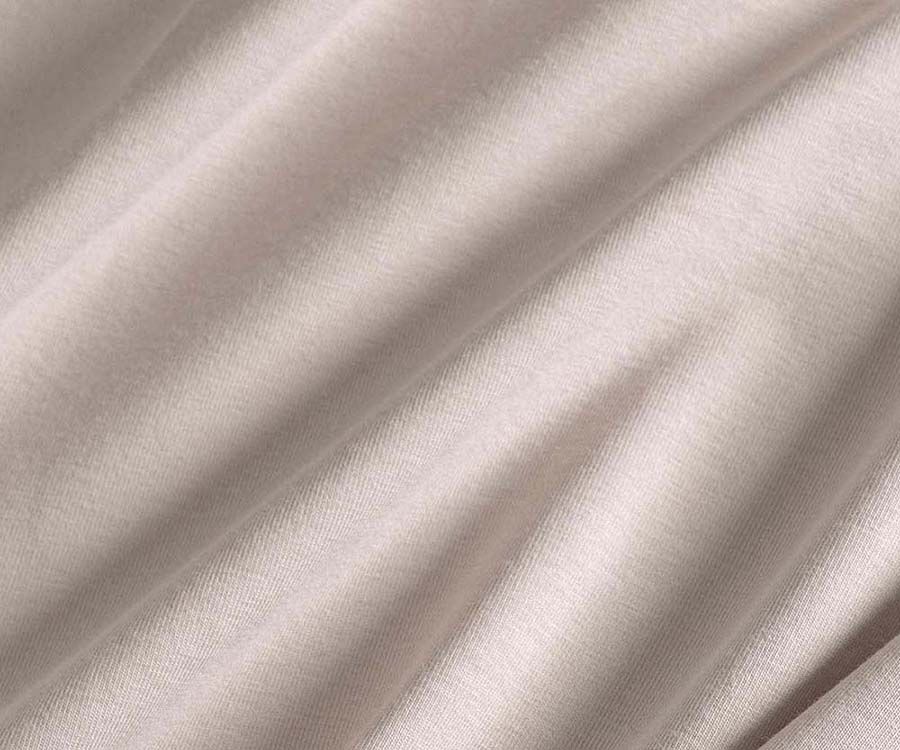
Organic Cotton
Organic cotton is grown using methods which have a low impact on the environment, and uses non-genetically modified plants, and without the use of any synthetic agricultural chemicals such as fertilizers or pesticide. Although organic cotton prices are higher than the traditional equivalent, the by-products are cleaner air, conserved water, purer soil and less toxic chemicals being circulated through the local water systems.
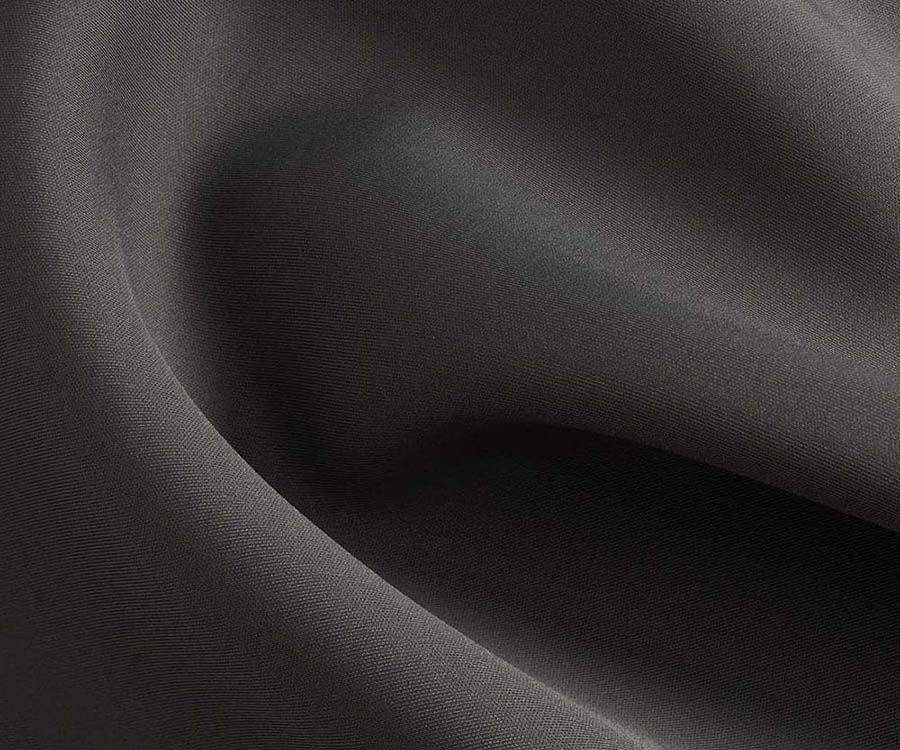
Neoprene
Neoprene is a synthetic rubber which is commonly used for a variety of outdoor and marine applications. Being a waterproof fabric, it is very popular in the production of diving and wetsuits. Neoprene also retains its flexibility over a wide temperature range whilst being an insulating material. Neoprene is also used in fashion applications, as a thinner alternative to that which is found in practical clothing.
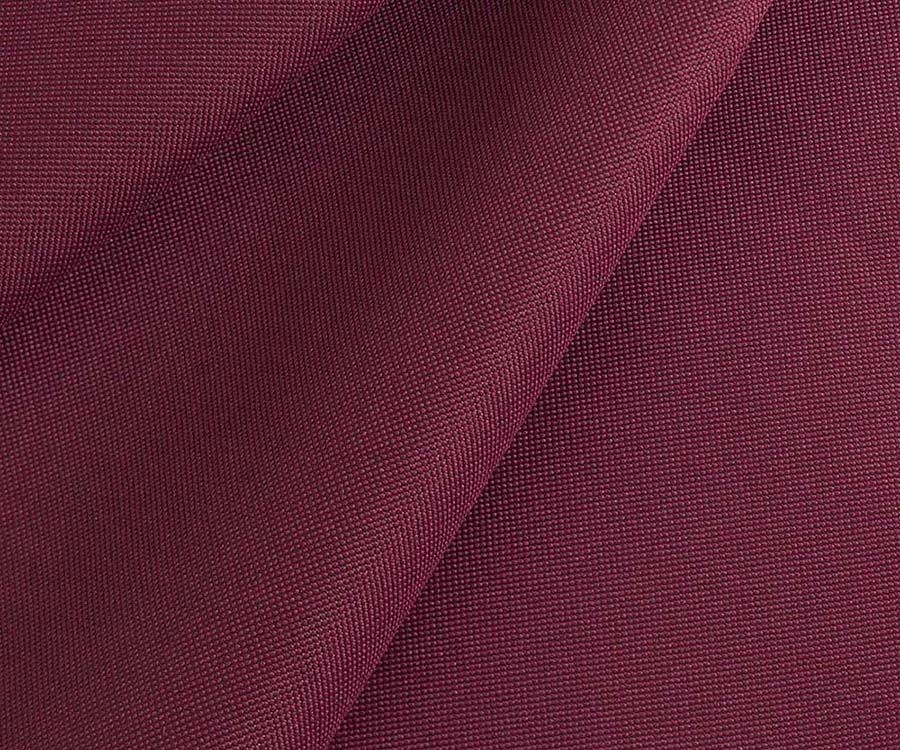
Nylon
Nylon is a generic designation for a family of synthetic polymers. Nylon became important as a substitute for silk for the manufacture of parachutes during WW II at a time where Silk had become a scarce commodity. Nylon was also used to make items like tents, ropes and ponchos for the armed forces. Nowadays, Nylon is a popular material used to make bomber jackets for the fashion industry.
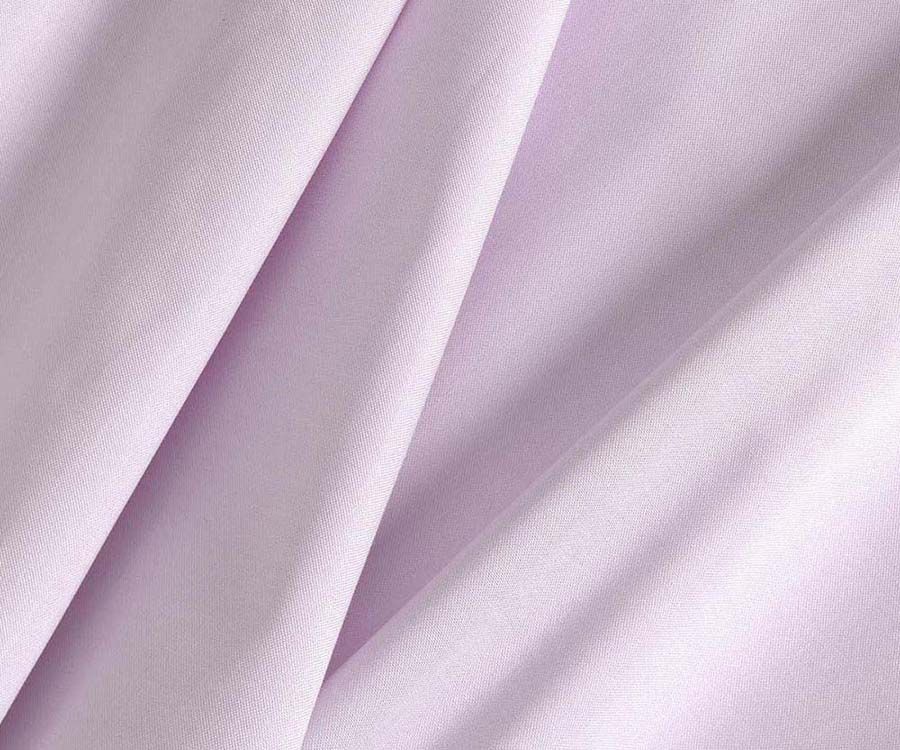
Poplin
Poplin is a strong plain weave of any fibre. Poplin originally consisted of a silk warp and a wool weft, but nowadays is now made with wool, cotton, silk, rayon or polyester. In World War II, poplin was the main material for the uniforms of both British and US military. Due to its weight, strength and silky finish, poplin is commonly found in the production of high end shirts.
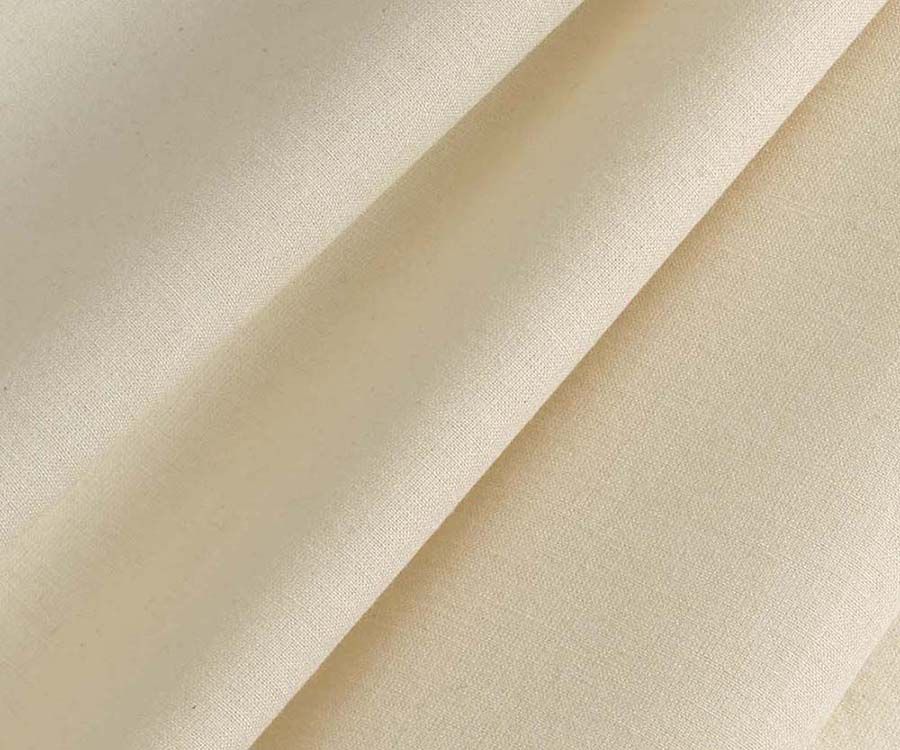
Calico
Calico is a plain-woven textile made from unbleached and often not fully processed cotton, giving a coarse hand feel. Originating in India, Calico first came to England in 1630. Calico is inexpensive and thus is a good choice for prototype patterns or sample clothing. It allows designers to promote their garments without having to buy the expensive material that such an outfit might require in order.
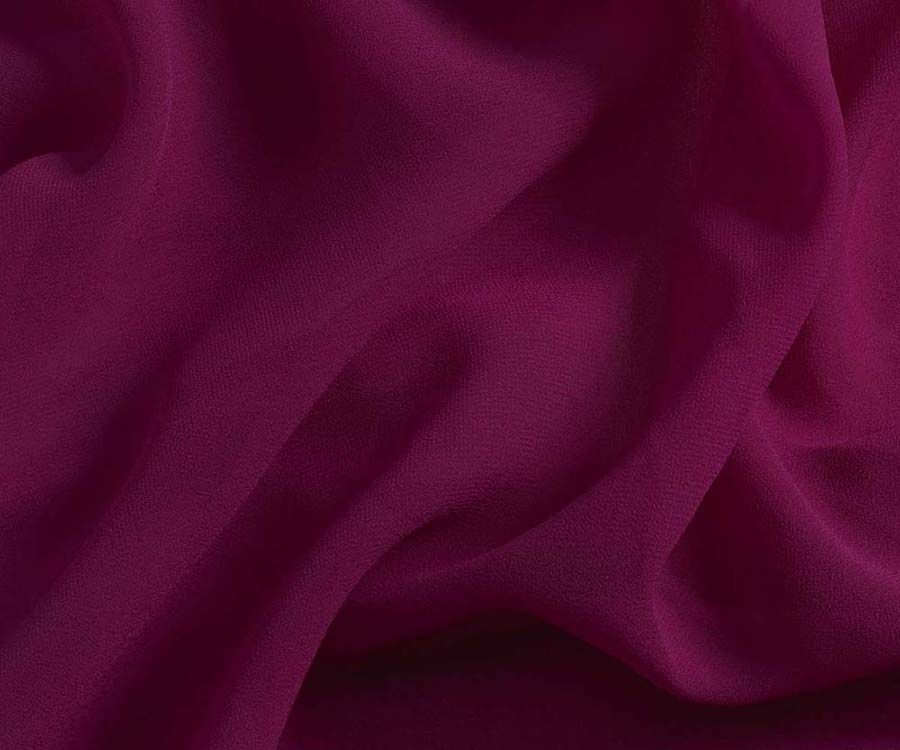
Chiffon
Chiffon is a light, transparent fabric which was originally made of Silk until Nylon was invented in 1938. Found typically in ladies fashion, chiffon is often used in luxury garments such as evening wear or lingerie. Due to its semi mesh weave, chiffon is extremely light, with a translucent look to it. A negative to chiffon however is that it has a somewhat rough hand feel.
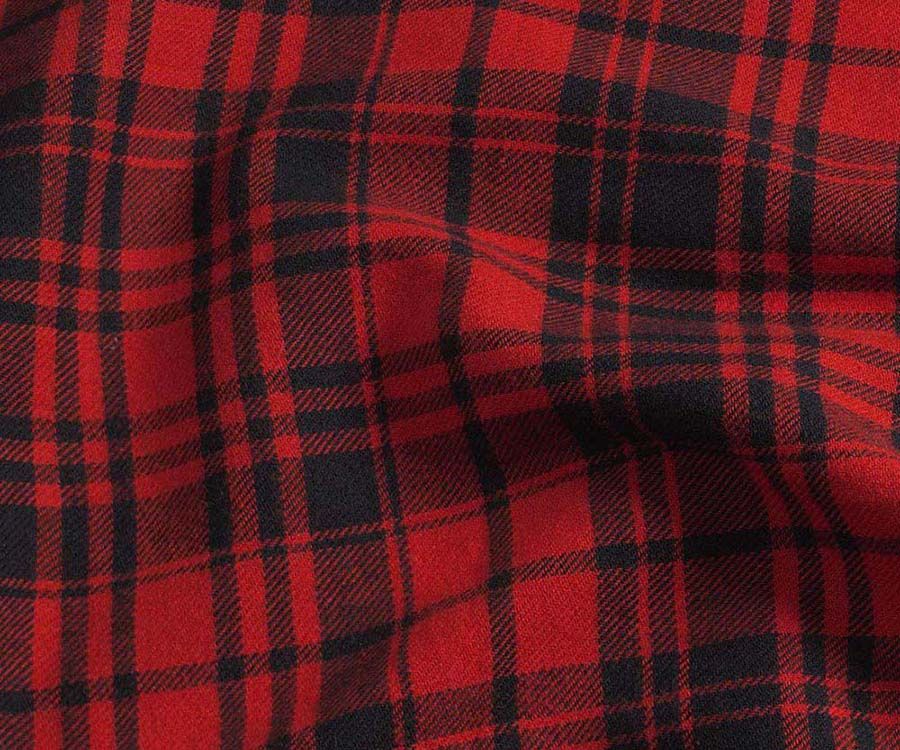
Flannel
Flannel is a soft woven fabric, originally made from worsted wool yarn, but is now often made from either wool, cotton, or synthetic fibre. Flannel dates back to the 16th century in Wales, early versions were thick and sturdy and warm. The surface of flannel fabrics is brushed to give it a somewhat fuzzy appearance.

Oxford
Oxford is a type of woven dress shirt fabric, with interlinking warp and weft threads. Often the threads running in one direction are coloured, while the threads in the opposite direction are white, resulting in a two-tone textured appearance. More casual in appearance, button down collared shirts are typically made from Oxford fabrics.
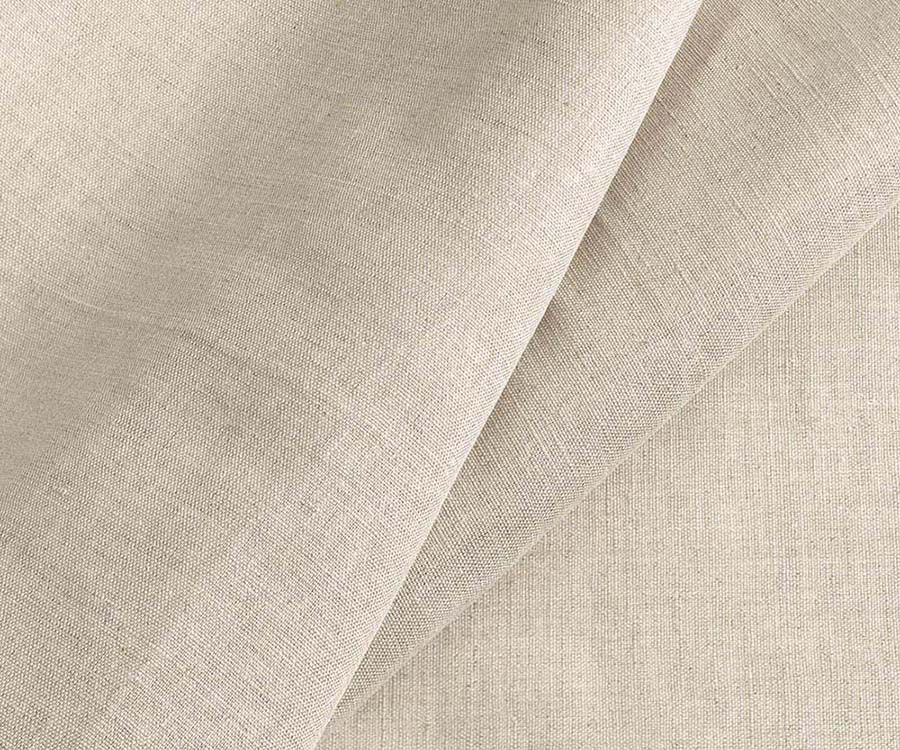
Linen
Linen is a natural fibre derived from the stalk of the flax plant. The finest linen comes from Europe, more specifically from Belgium, where the climate is optimal and soil rich. Linen fabrics are heavier than their cotton counterparts, but are approximately 30% stronger. Linen fabrics are favoured in hotter climates due to it being highly breathable.
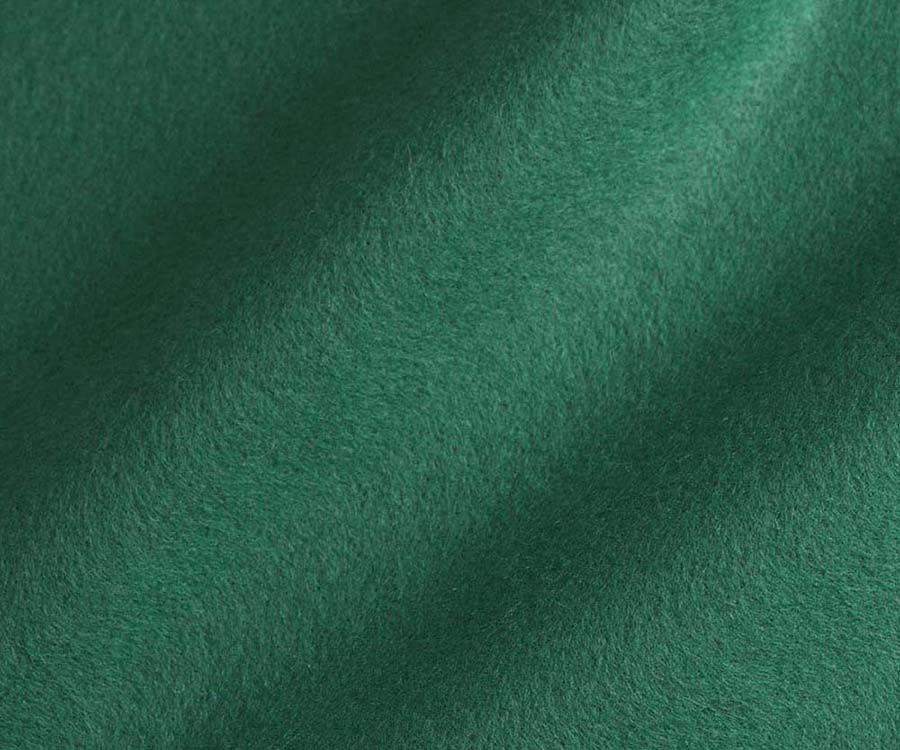
Felt
Felted fabric is created from fibres being pressed together using heat, moisture and pressure. Felt from wool is considered to be the oldest known textile, but nowadays can be found in various natural fibres as well as synthetic fibres such as acrylic. Felt is typically used as a trim fabric, During the 18th and 19th centuries gentlemen’s top hats made from beaver felt were popular.

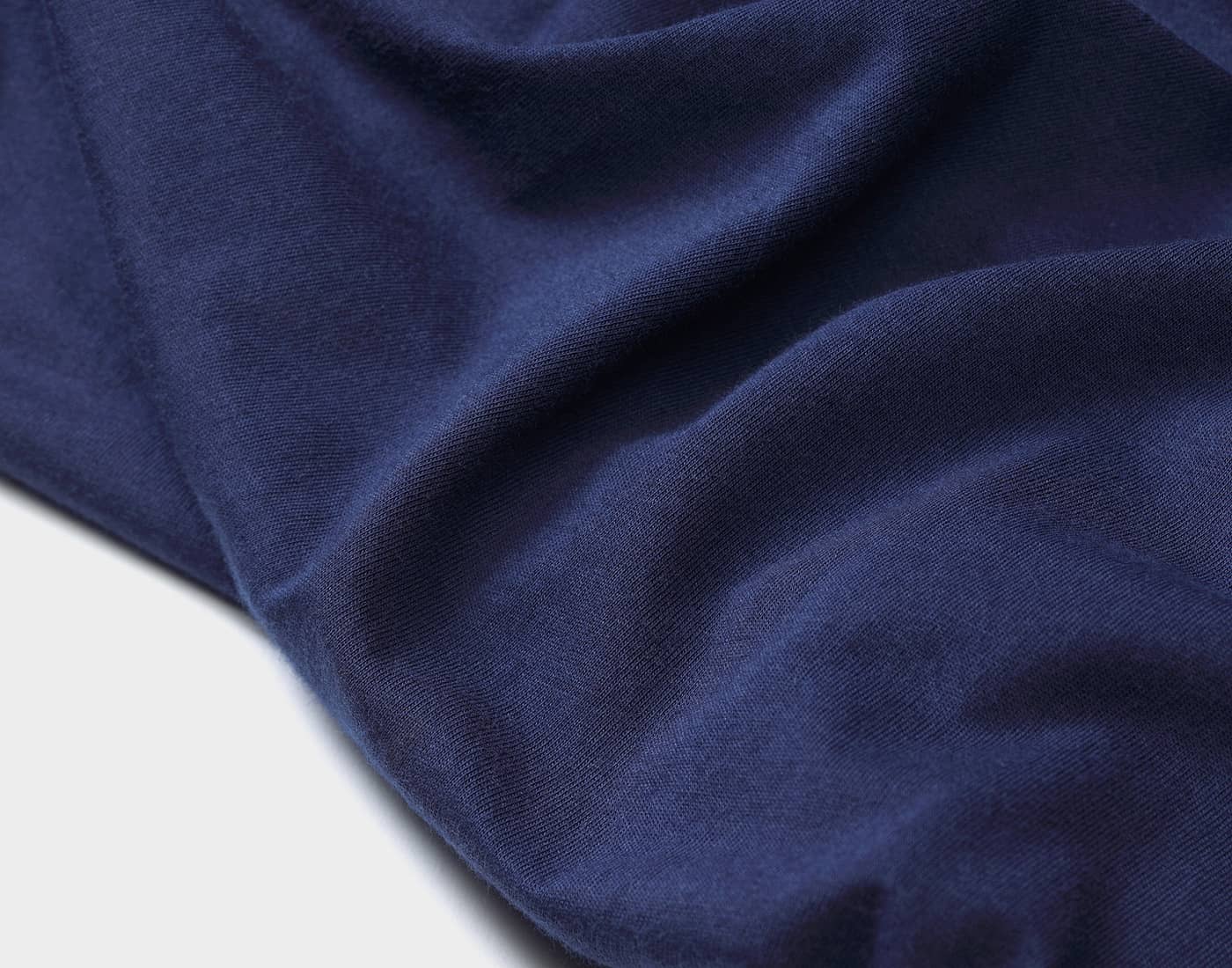
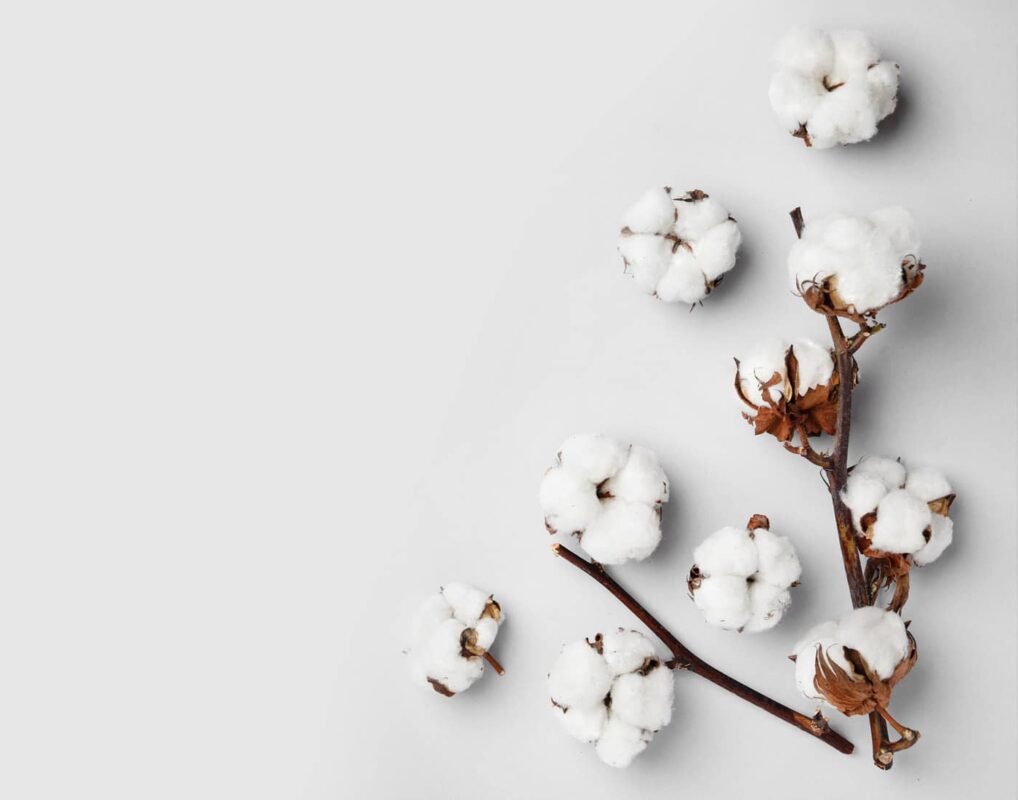
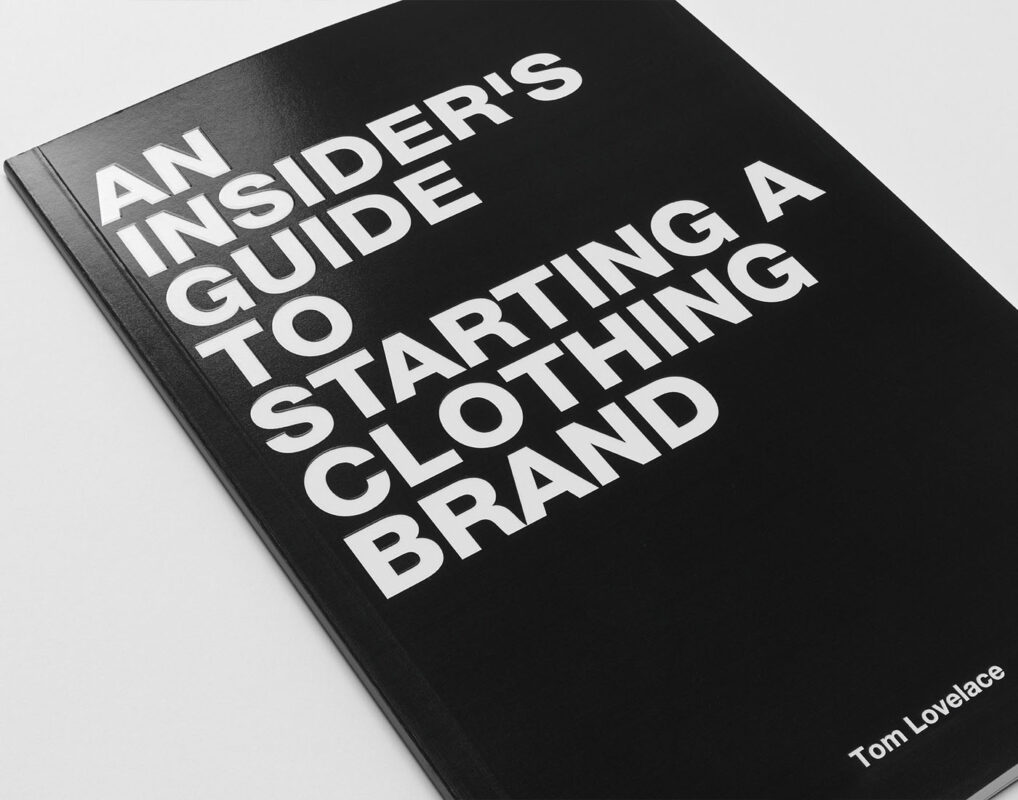
Everything is very open with a precise description of the issues. It was really informative. Your website is very helpful. Many thanks for sharing!